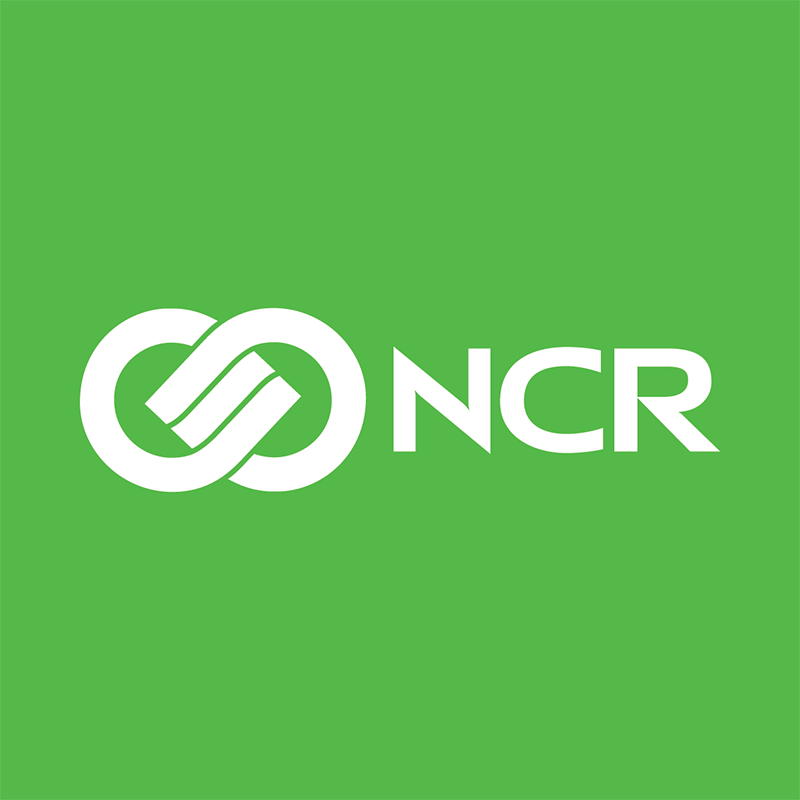
Leveraging Rationalization to Tackle Digital Transformation
Brought to you by NCR Corporation

The coronavirus pandemic has had a notable impact on financial institutions, creating a more-urgent need to embrace digital-first banking. However, shifting to digital doesn’t just mean adopting new digital banking tools – a common misconception. Rather, it requires that banks rethink their holistic digital strategy to evolve alongside customer expectations, digitize all aspects of the financial journey and connect their customers’ digital and physical experiences.
Such a transformation boils down to determining which processes are digital-ready and which will need to be overhauled completely. Enter rationalization.
Relying on rationalization
Three billion people will access banking through digital devices this year, according to one estimate from Deloitte. Most banks have 3, 5 or even 10-year plans, but struggle to determine where to start. Think of rationalization as triage for banks: It allows them to identify which processes are ready to be digitized right now, and which need to be reimagined entirely before embarking on digitization.
Consider the process to open a checking account. It’s a simple process, requiring proof of identity and address, and a form to complete. Customers are generally good to go. This is a prime example of a digital-ready banking service that should be moved online immediately – and that can be accomplished rather easily.
Compare that to applying for a loan: a process that involves careful evaluation of the applicant and a mountain of paperwork filled with lengthy, confusing terms and requirements. If the process is intimidating to consumers with the help of a professional, imagine how it feels left to their own devices.
For processes that contain inherent points of friction, like the loan application example above, digitizing may simply make the cumbersome process quicker. Outdated, clunky processes must be revamped before they can be digitally transformed.
Putting customers at the center
Customers are the most important part of rationalization. As customer expectations have rapidly evolved, it’s time for institutions to modernize the digital experience to strengthen relationships and solidify loyalty. Some areas that banks should consider when evaluating the customer experience include:
- Automating previously manual processes can reduce costs, improve efficiency and deliver an “always on” experience.
- Ease-of-use. Along with being more accessible to people who might resist digitization, intuitive use and educational resources are integral to customer adoption and success.
- Constant support. According to Accenture, 49% of customers say real-time support from real people is key to fostering loyalty.
- Enhanced security. Strong security efforts are fundamental to giving customers peace of mind, which is critical when it comes to their money.
- Make simple possible. Remove friction from the process to enhance the customer experience.
As banking catapults into a digitally dominant era, institutions should establish a presence across all digital touchpoints – desktop and web browser, mobile apps, even social media – to enable customers to access financial services and information at their convenience. A mobile-first mentality will help ensure that products and services work seamlessly across all devices and platforms. Consistency here is key.
Customers are ultimately looking to their institutions to solve their individual financial problems. Banks have a wealth of data available to them; those that seek to create the strongest relationships with customers can leverage these insights to tailor the experience and deliver relevant, timely products and support to meet their unique needs.
All sectors faced the same challenge over the course of the pandemic: How does a business survive physical separation from their customers? Industries like retail were better prepared for expedited digital transformation because they’ve been establishing a digital presence for years; they were largely able to rationalize quicker. Hospitality sectors, on the other hand, more closely mirrored banking in that many processes were far behind the digital times. Some restaurants lacked an online presence before the pandemic, and now must undergo their own version of rationalization to remain in business.
While rationalization looks different to each vertical, the central mission remains the same: determining the best, most sensible order of digital transformation to provide the best customer experience possible. Those companies that leverage the principles of rationalization to manage the massive migration to digital will be better positioned to solidify and capitalize on customer loyalty, and keep their institutions thriving.


